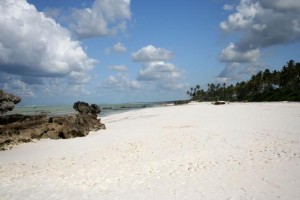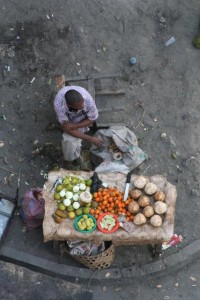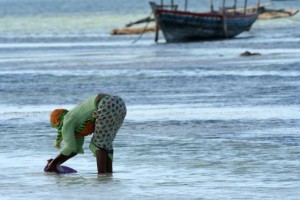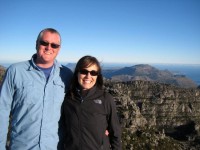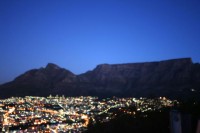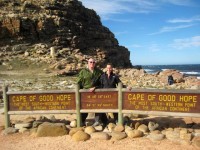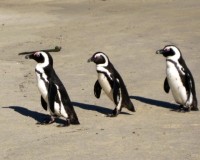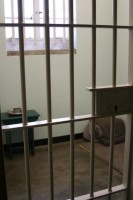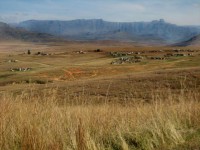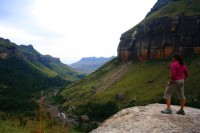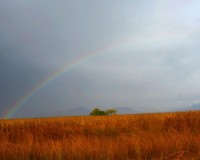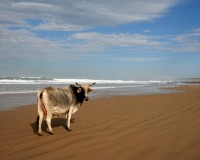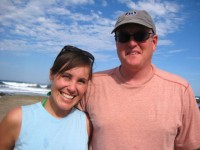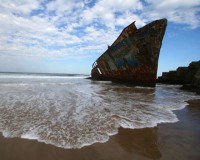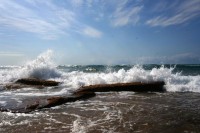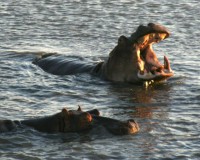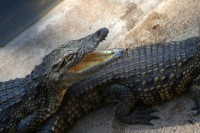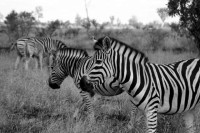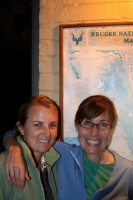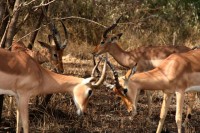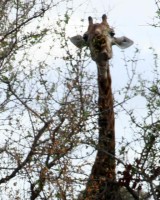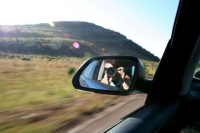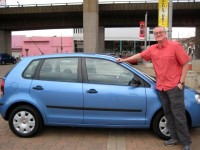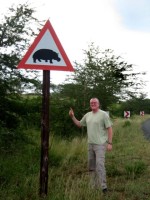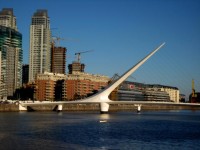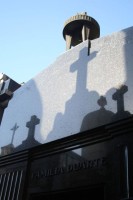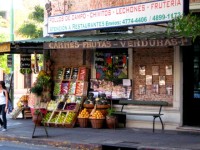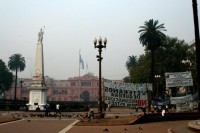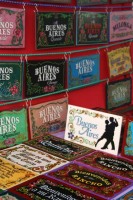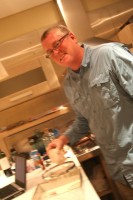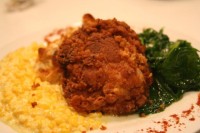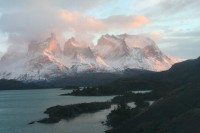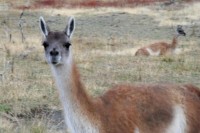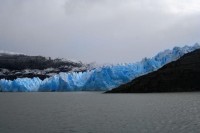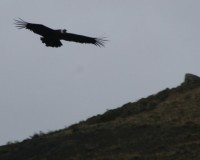Thu 17 Jul 2008
Family Ties
Posted by Shanna under Netherlands
No Comments
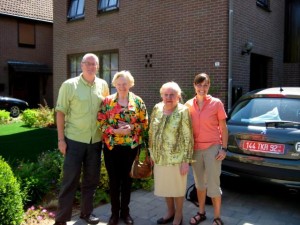
Most of my family on my mother’s side lives in a tiny Minnesotan farming town called Cottonwood (pop. 1,146). My great-grandmother settled near Cottonwood after she emigrated to the U.S. from the Netherlands in the early 1900s. She came over on her own; her parents and almost all of her ten siblings stayed behind in the tiny Dutch farming town of Ulestraten (pop. 2,660).
I’ve always had a vague idea that we still had some family in the Netherlands, ((I’ve recently learned the difference between Holland and the Netherlands. Although most people in the U.S. use the two interchangeably, they’re actually not the same thing. Holland is the name of two provinces (North Holland and South Holland) located in the western part of the Netherlands. The Netherlands itself is a nation that includes not only the two Hollands, but ten other provinces as well.)) but I never knew anything about them. As it turns out, two of my great-grandmother’s nieces still live near Ulestraten, in a similarly diminutive town called Obbicht. Lies and Inna Gelissen are now in their 80s. Having never married, the two sisters have lived together for most of their lives. When they found out that their (very distant) relations were going to be in their country, they welcomed us into their home with open arms.
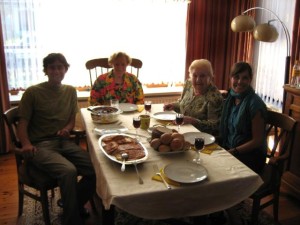
Shane (my brother who met up with us for a few days), Derek and I arrived on Lies and Inna’s doorstep having no idea what to expect. Within an hour, we were stuffing ourselves full of lasagna and some German concoction called Tutti-Frutti, learning about what life was like when the Nazis occupied the area during WWII and being challenged to do shots of an unnamed, but highly toxic, foreign brew. In a word, it was awesome.

After spending a night in their immaculate home, which is full of mementos from their travels around the world (such a nice change from all of the generic-feeling hotels), the five of us piled into our Peugeot and set off in search of Shane’s and my roots. We stopped into the church where my great-grandmother was baptized. On our way out, we ran into a woman and a baby who, as Lies and Inna explained, were related to us. Distant relations, sure, but meeting them made the world feel very small. Later on, we visited the cemetery where my great-great-grandparents are buried. Although both of them died long before I was born, I felt incredibly connected to them as I stood there in the sun at the foot of their carefully tended graves. I guess family ties are strong enough to survive separation by both generations and an ocean.
[embedplusvideo height=”350″ width=”450″ editlink=”http://bit.ly/1r6iijx” standard=”http://www.youtube.com/v/I4INnmixfJg?fs=1″ vars=”ytid=I4INnmixfJg&width=450&height=350&start=&stop=&rs=w&hd=0&autoplay=0&react=1&chapters=¬es=” id=”ep2565″ /]
